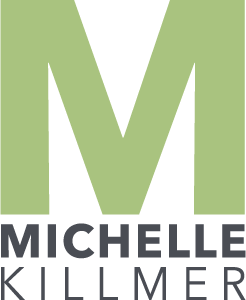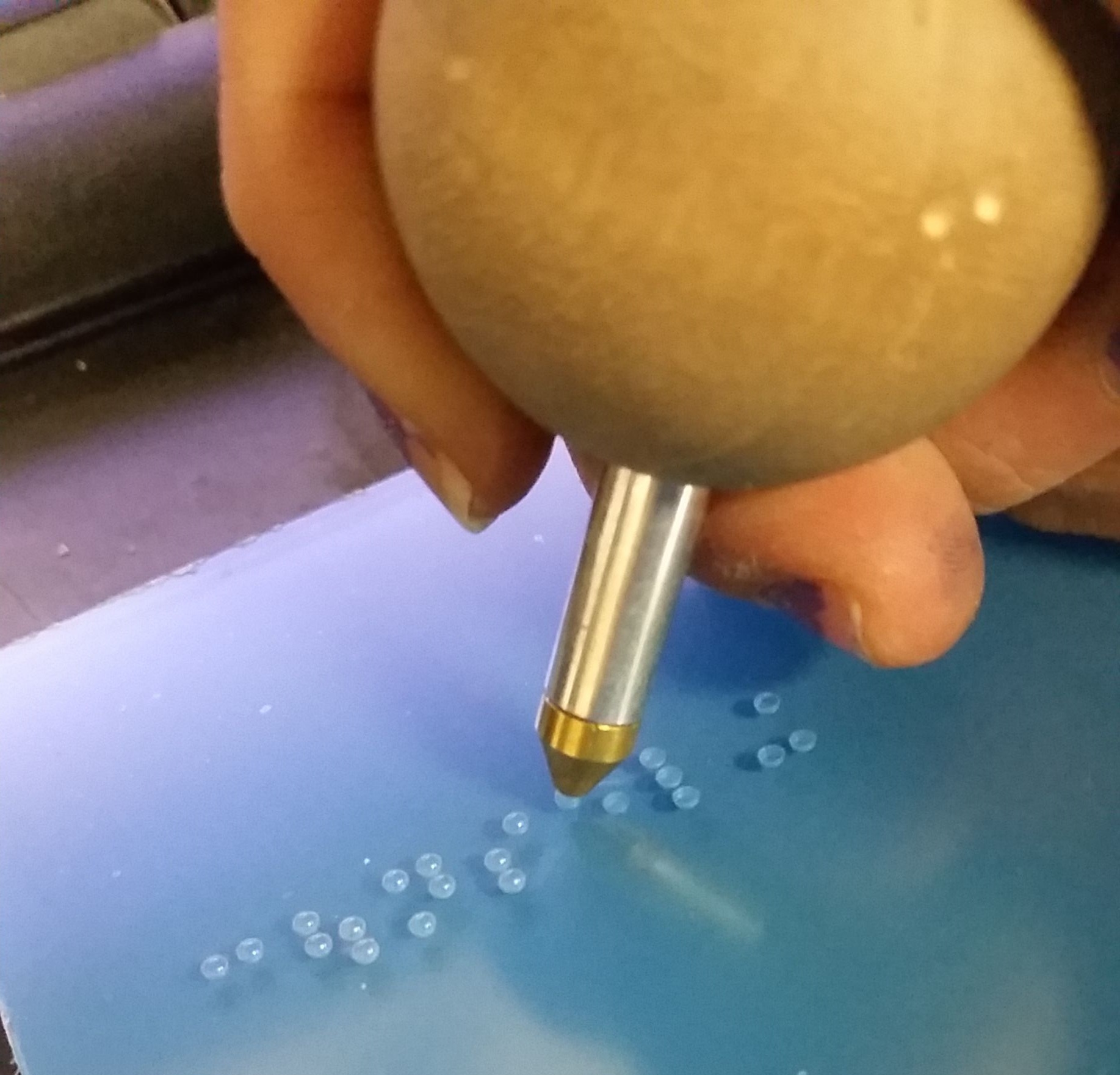Quote with mustache layout for the Dalí room.
What do Georgia O’Keeffe, Banksy and Dalí have in common? Other than being artists, nothing. They’re all from different time periods and have vastly different styles of creating art. However, the folks at Undertone loved that about these artists and wanted to bring their flavor together in this new soup called “our new office”.
The information I got was simple: a floor plan with room labels, quotes that were to be used and the artists’ names, and ideas of what imagery was desired. Basic, but helpful. The rest was up to my team and me…my team being just the team lead and me in the beginning, then the other two guys later on during install. Over our holiday break, my team lead and I sent files back and forth—I did the research and laid everything out, he was the second set of eyes that looked over everything. Between the two of us, all of the window vinyl (less than 100 panels) was in production in two days with client approval.
Quote layout designed by me; a stencil was applied to the wall to ensure straight lines and proper alignment
As the month went by, more research, back and forth (at a minimum) and product sourcing went by. Where does one find a real bull’s skull? eBay, of course! And how about the gradient wallpaper behind it? Make the gradient, we’ll print it in our shop!
If there’s one thing I learned from this job, it’s that Annie Leibovitz does not mass print any of her photographs. How bougie.
Where do the picture frames come from that go around the images you can get? The shop! Nope, shop won’t make them in the short amount of time you have, so then what? Buy them! From an online frame store! Luckily a coworker had just bought from said e-store for another job and was happy with the outcome.
How about that pantry wall? Design the type for the quote and make a stencil!
What about the wall decals? eBay! No! MAKE THEM IN THE SHOP—production costs are lower than sourcing and purchasing each one. And that mirrored bear as homage to Jeff Koons? Make it; just needs a little DS VHB on the back, maybe some silicone.
This is probably one of the more fun jobs I got put on and the view from Undertone’s office on the 77th floor is amazing. Wouldn’t mind doing something like this again.






